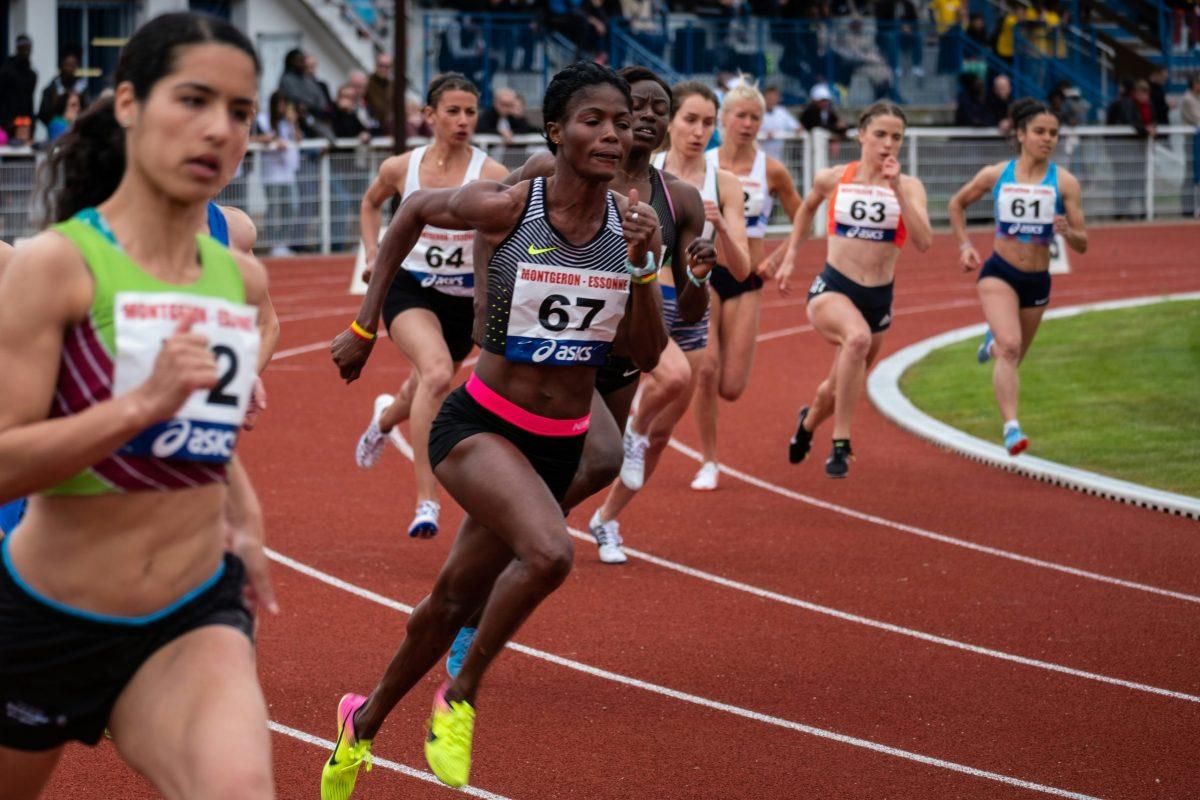Recently, I have seen many headlines announcing triumphs of women in sport: from Caitlin Clark breaking the NCAA scoring record for both men and women’s basketball, to the Paris 2024 Olympic games emphasizing full gender parity to Audrey Jimenez winning the Arizona high school boys state wrestling championship. These are all impressive accomplishments in their own right; however, I wish to recognize how their similarities reveal critical failures in the way we define gender equality in sport.
Take the 2024 Paris Olympics, which recently announced it will be the first Olympic Games to achieve full gender parity. At these games, there will be an equal number of male and female athletes participating. While a huge achievement, this milestone demonstrates that gender equality in sport is entirely relational: women’s sport is set up entirely in relation to men’s sport, with men’s sport being seen as the blueprint for funding, gameplay and so much more. Consider Title IX, a landmark piece of civil rights legislation which protects individuals from sex-based discrimination while participating in any organization at a state-funded institution. In practice, this is interpreted as: women’s collegiate athletics must receive equal funding to men’s athletics within the same institution. However, this means by extension that schools have no incentive to fund women’s athletics at all if they don’t offer significant funding to the men’s team.
Defining women’s athletics in relation to men’s also extends into women’s participation in sport itself. Frequently, women’s athletic capabilities are evaluated in comparison to men’s. Consider Audrey Jimenez, whose notoriety came only after she was able to capture the boys championship, having won the girls championship a year prior. Similar trends can be found in much of the gendered discourse surrounding Caitlin Clark. A brief scroll through any social media platform will find countless men arguing that they could beat Clark in a 1v1 match-up or that the star Iowa point-guard wouldn’t even make it off the bench of a D3 men’s team. While these takes are easily recognizable as misogynistic, they point to the larger trend of women’s success in sport being taken more seriously when they are able to present a significant challenge to male athletes.
This is a trend rampant in college athletics, but it is also recognizable as young as middle and elementary school. The girls who were considered more athletic were the ones who were able to physically keep up with the boys, those who could run as fast or do as many push-ups. Women athletes are consistently assumed to be less athletic than their male counterparts, even prior to adolescence when there is no evidence to support that assumption. I don’t intend to ignore the fact that there are fundamental differences in the biological capabilities of male and female athletes. However, it is critical to recognize that “biological capabilities,” such as physical strength or speed, do not solely determine athletic performance. That assumption is rooted in misogyny and allows for the diminishing of women’s sport and the frequent exclusion of trans athletes from competition (or strict guidelines defining the scope of their allowed participation). An athlete’s specific skill in many sports is the largest determiner of their competitive performance. Even further, we can recognize how the design of many sports, having been centered around men, chooses to favor athletes which excel in the “physical categories” in which men tend to naturally perform better than women. Women often shine in other physical categories such as flexibility and endurance; however, these skills are often not rewarded broadly in sport to the same degree as strength or speed.
While the upcoming Olympics and recent success of Caitlin Clark and Audrey Jimenez grant the opportunity for grim reflection, they also present a moment of reckoning. I don’t believe we should remove all gender division in sport, this could inadvertently lead to even less opportunities for women. However, if we are able to recognize the inconsistent logic of gender division within sport, how women’s sport and athletes must be defined in relation to men’s sport, we are able to criticize the divisions themselves and explore new possibilities for defining gender in relation to sport. This critical conversation would hopefully allow for the inclusion of more trans athletes at all levels by revealing the flaws in binary division of sport, and an intersectional analysis of the issue would also allow for more opportunities to be given to women of color, who are frequently structurally excluded from higher levels of sport.




